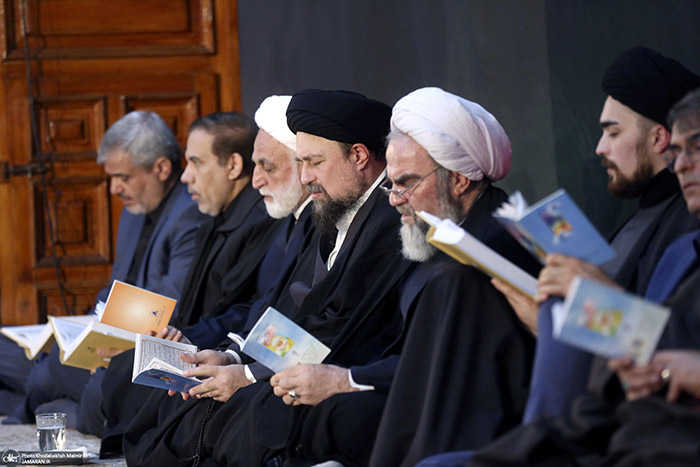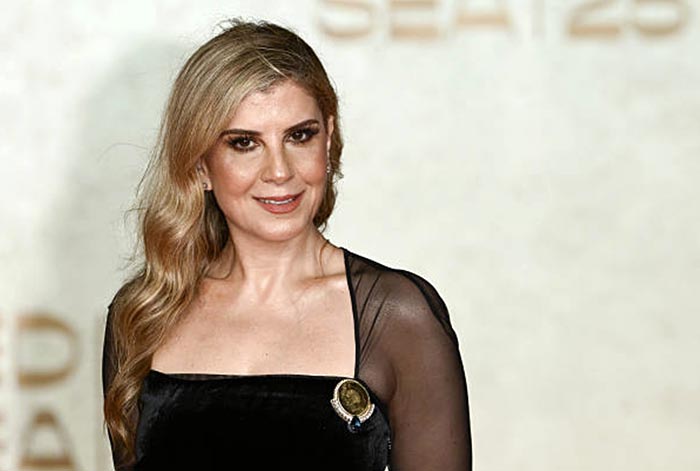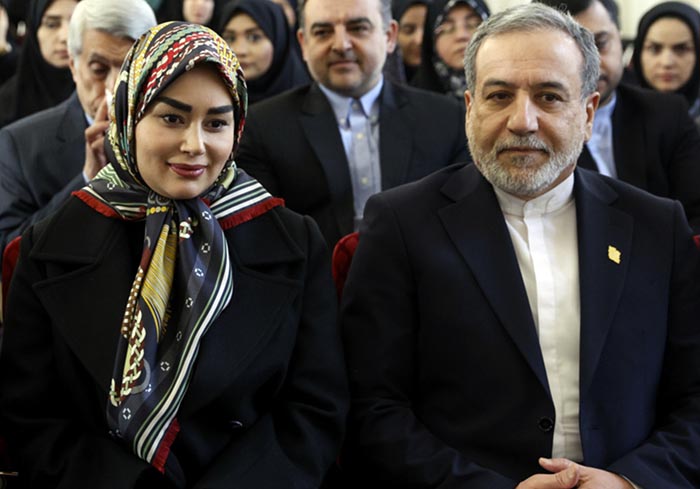The Significance of Mehdi Hashemi Rafsanjani and Sayyid Hassan Khomeini’s Presence at the Shab Qadr Ceremony
A study of this paragraph indicates that the presence of Mehdi Hashemi Rafsanjani and Sayyid Hassan Khomeini at the Shab Qadr ceremony should be seen as a unifying symbol for Iranians. People from diverse backgrounds and beliefs can unite during rituals characteristic of the Iranian people, as exemplified by the Shab Qadr ceremony.
The association between Mehdi Hashemi Rafsanjani and Sayyid Hassan Khomeini signifies that all Iranians, irrespective of their differences in politics, ideologies, or social standings, must embrace shared spiritual values and cultural traditions. This serves to underscore how it is essential for people to rise above political, ideological, or social splits to embrace common religious practices.
In addition, their attendance at this event confirms a notion indicating that religious-cultural events act as glue that holds together Iranian people despite other factors such as nationality, race, or tribal affiliations that may divide them. In a polarized world with ever-increasing disagreements among nations, people’s ability to gather for cultural rites fosters cooperation, which is very important for communal wellbeing.
Ultimately, Mehdi Hashemi Rafsanjani and Sayyid Hassan Khomeini’s presence at the Shab Qadr ceremony expresses the inherent qualities of unity, thereby binding them more closely than anything else. This represents not only an affirmation of their own faith’s sacredness but also underlines how their experience as Iranians is based on enduring bonds like kinship and camaraderie.
March 30, 2024 | 6:25 pm




